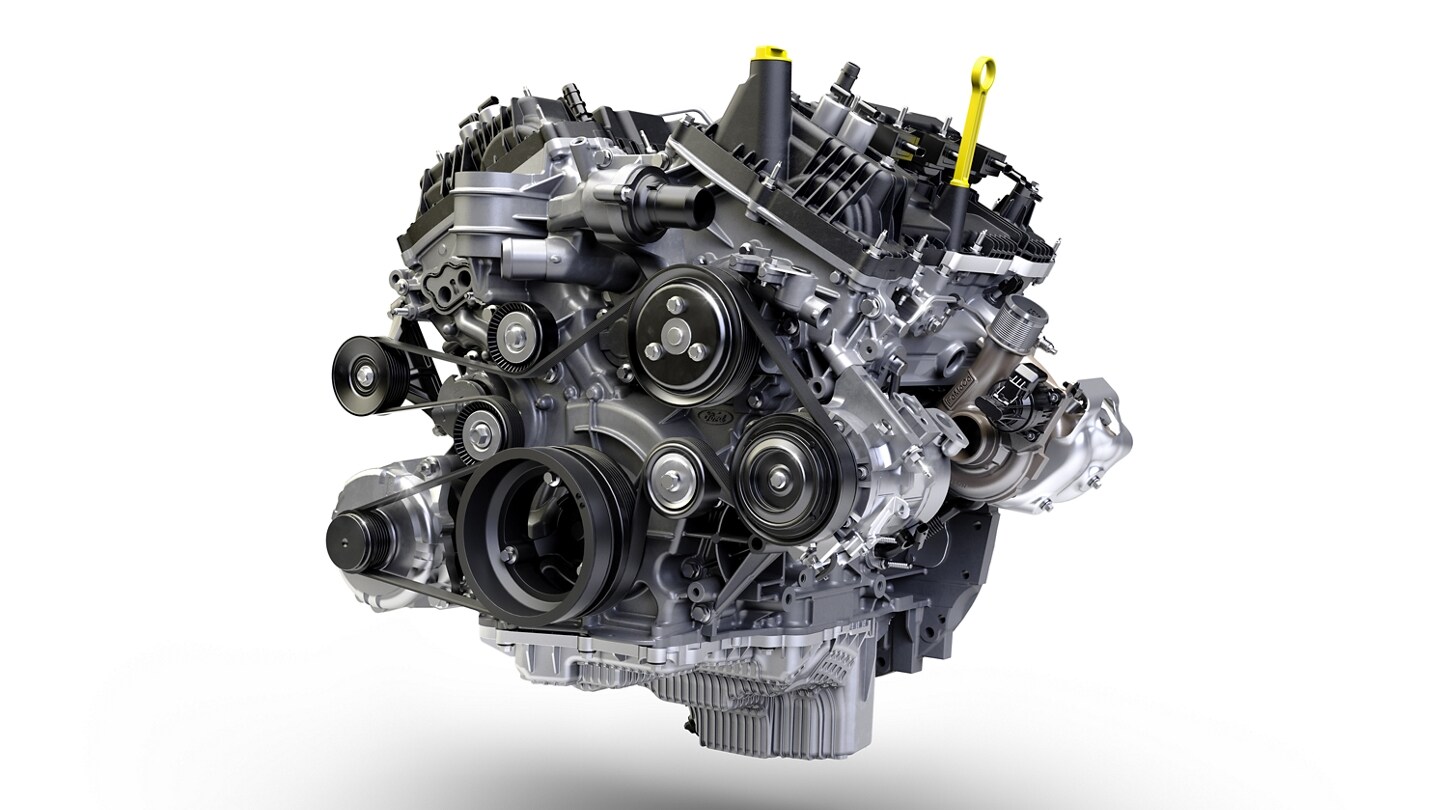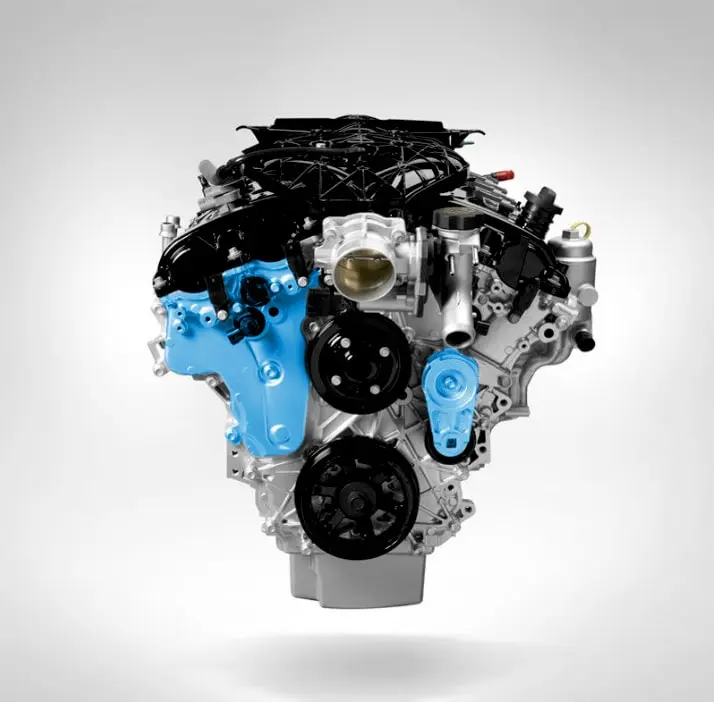Understanding the Essentials of Auto Engines: Features, kinds, and attributes

Summary of Cars And Truck Engines
A vehicle engine acts as the heart of a car, converting gas right into power to drive it forward. This intricate system consists of numerous elements that function in unison to guarantee optimal performance and performance. The fundamental operation of a vehicle engine involves the internal combustion process, where fuel and air are blended, fired up, and gotten rid of to create power.
The engine's design can dramatically impact its efficiency, gas performance, and emissions. Trick parts consist of the cyndrical tube block, pistons, crankshaft, and camshaft, each playing an essential function in the engine's general function.
Along with these components, engines commonly make use of numerous systems such as fuel shot, ignition, and cooling down systems to enhance performance and longevity. Understanding the basic mechanics of automobile engines is essential for detecting problems and executing maintenance, eventually adding to the car's reliability and performance gradually.

Sorts Of Vehicle Engines
Automobile engines can be classified into a number of kinds based upon their style, fuel kind, and operational concepts. 2.2 ford ranger engine. One of the most typical groups consist of interior combustion engines (ICE), electrical engines, and crossbreed engines
Internal burning engines, which can be additional divided right into gas and diesel engines, run by firing up a fuel-air combination to produce power. Gasoline engines are normally lighter and smoother, while diesel engines are extra fuel-efficient and deal better torque.
Electric engines use electric power stored in batteries to power an electric motor, supplying instant torque and zero discharges throughout operation. As innovation developments, electric automobiles (EVs) are increasingly coming to be popular for their environmental advantages and lower running prices.
Crossbreed engines combine aspects of both interior combustion and electrical engines, enabling flexible source of power and improved fuel performance. They can operate in various settings, using either the gasoline engine, the electric motor, or both concurrently.
Each kind of engine has unique benefits and downsides, influencing their application in various vehicle types and market sectors, from portable autos to durable vehicles. Comprehending these types is essential for making educated decisions regarding vehicle option and performance assumptions.
Engine Functions Described
Recognizing engine functions is critical for comprehending just how vehicles operate efficiently. At the core of any kind of interior combustion engine exists the essential procedure of converting gas into power. This procedure starts with the consumption stroke, where air and fuel are drawn into the burning chamber. Following this, the compression stroke presses the air-fuel mix, boosting its temperature level and stress.
The ignition occurs next, igniting the mix and creating a rapid growth of gases. This pressure drives the piston down throughout the power stroke, which ultimately converts right into the rotational motion of the crankshaft. The exhaust stroke then gets rid of the invested gases from the chamber, giving way for a brand-new cycle to description start.
In addition to these primary features, engines also include systems that handle cooling and lubrication, ensuring ideal operational temperatures and minimizing rubbing in between moving parts. This intricate interaction of features enables the engine to create the power essential read the full info here for car propulsion while maintaining performance and integrity. Recognizing these functions provides beneficial understanding right into the complexities of automotive design and improves the capability to identify and resolve engine-related concerns efficiently.
Trick Engine Functions
Engine design encompasses numerous essential features that significantly affect resilience, efficiency, and performance. Among one of the most vital elements is the engine configuration, which consists of inline, V-type, and flat styles. Each configuration affects the engine's balance, dimension, and power result, therefore influencing overall vehicle dynamics.
One more important attribute is the engine variation, referring to the complete volume of all cyndrical tubes. Bigger displacements usually produce more power however may compromise fuel efficiency. Engine materials additionally play a critical role; light-weight and high-strength products, such as aluminum and magnesium alloys, improve efficiency without adding extreme weight.
The type of fuel injection system utilized-- such as straight or multi-port shot-- affects combustion performance and exhausts. Turbo charging and turbocharging are attributes that improve engine efficiency by forcing additional air right into the burning chamber, raising power result without substantially boosting engine size.
Finally, the presence of advanced engine monitoring systems enhances fuel-air blend and ignition timing, contributing to smoother operation and far better gas economy. Jointly, these features define an engine's abilities, setting the foundation for straight from the source its performance and durability in an affordable automobile landscape.
Maintenance Tips for Engines
Correct engine maintenance is vital for making sure ideal efficiency and long life, as ignoring regular care can bring about significant concerns down the line. To preserve your engine properly, begin with regular oil modifications, normally every 3,000 to 7,500 miles, depending on the kind of oil used. Fresh oil lubricates engine parts, reducing friction and wear.
Additionally, monitoring coolant levels is important to prevent getting too hot. Make sure that the coolant is topped up and remains in great problem to preserve efficient temperature regulation. On a regular basis replace and examine air and gas filters, as clogged up filters can prevent air movement and fuel distribution, jeopardizing engine effectiveness.
Additionally, take note of stimulate plugs and ignition systems. Worn or defective ignition system can lead to misfiring and lowered performance. Checking the battery terminals and connections for deterioration is also essential, as a weak battery can affect engine starting.

Conclusion
In summary, an extensive understanding of auto engines encompasses various types, functions, and vital attributes that considerably influence automobile performance. Inner combustion engines, together with hybrid and electric choices, demonstrate diverse systems for power conversion. 2.2 ford ranger engine. Acknowledging the necessary functions, such as consumption and exhaust cycles, together with crucial engine attributes like setup and fuel injection systems, equips auto owners with the expertise necessary for efficient upkeep and procedure, inevitably enhancing automobile long life and efficiency
A vehicle engine offers as the heart of a lorry, converting fuel right into mechanical power to move it forward. The basic procedure of a cars and truck engine includes the interior combustion procedure, where gas and air are mixed, ignited, and expelled to develop power.
Regularly inspect and replace air and gas filters, as blocked filters can prevent air flow and fuel distribution, jeopardizing engine effectiveness. - 2.2 ford ranger engine
In summary, a detailed understanding of cars and truck engines incorporates various kinds, functions, and crucial attributes that considerably influence vehicle performance. Acknowledging the essential features, such as consumption and exhaust cycles, together with crucial engine attributes like arrangement and fuel shot systems, furnishes vehicle owners with the knowledge essential for efficient upkeep and procedure, ultimately improving vehicle longevity and performance.